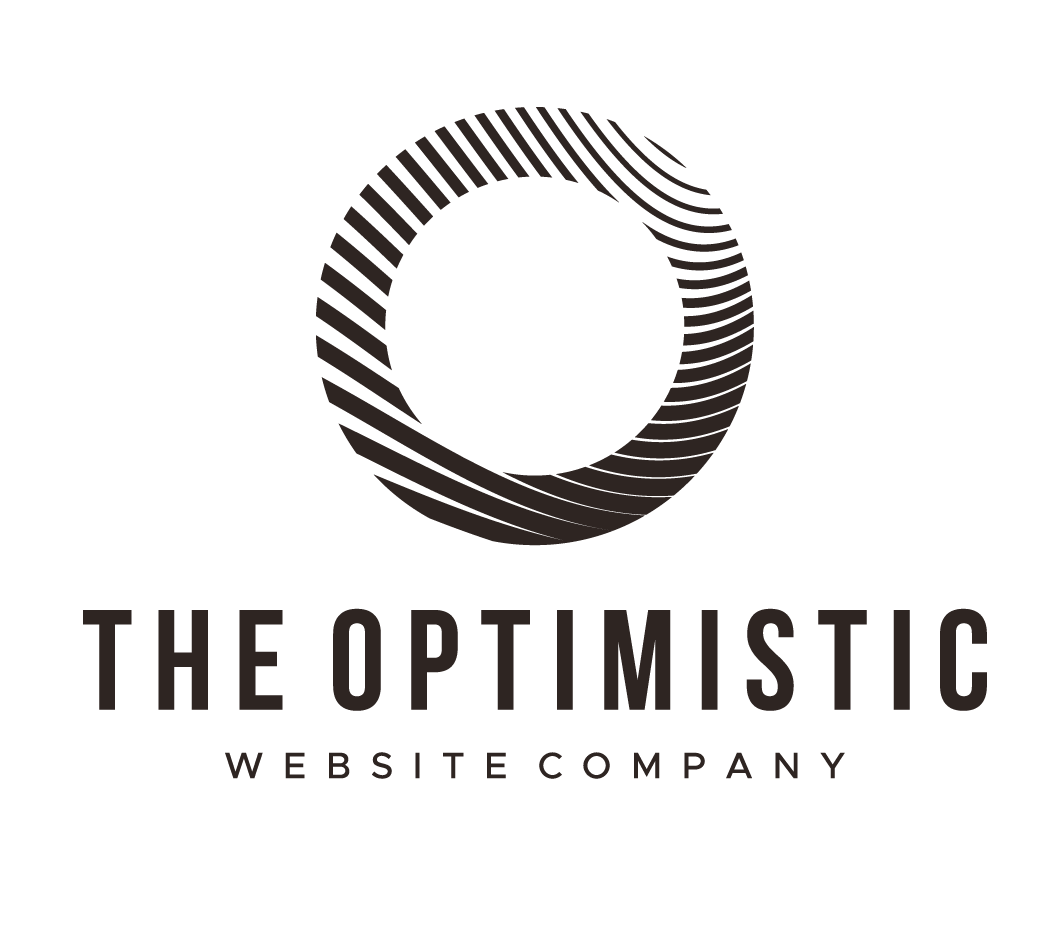Importance of a digital presence strategy for non-profits
A strong digital presence strategy helps non-profits reach a wider audience, attract donors, and promote their cause effectively. By utilizing websites, non-profits can increase visibility, credibility, and engagement with supporters. Key benefits of a digital presence strategy for non-profits include:
- Building trust and credibility with potential donors
- Increasing awareness about the organization’s work
- Engaging supporters through online platforms
- Attracting volunteers and partnerships for projects
- Showcasing impact and success stories to a larger audience
In today’s digital age, a well-thought-out digital presence strategy is essential for non-profits looking to make a meaningful impact in their community and beyond.
Characteristics of an effective website for non-profits
When creating a website for your non-profit organization, it’s essential to consider various aspects to ensure it effectively serves its purpose. Here are key characteristics of an effective non-profit website:
-
Clear Mission Statement: Your website should clearly communicate your non-profit’s mission and goals to visitors.
-
User-Friendly Navigation: Make it easy for users to find information they are looking for on your website.
-
Compelling Visuals: Use engaging images and videos to tell your non-profit’s story and impact.
-
Donation Portal: Include a simple and secure way for supporters to donate to your cause directly through the website.
-
Impact Stories: Share success stories and testimonials to demonstrate the real-world impact of your non-profit’s work.
-
Call-to-Action Buttons: Encourage visitors to take action, whether it’s donating, volunteering, or signing up for updates.
-
Mobile Responsiveness: Ensure your website is optimized for mobile devices to reach a wider audience.
-
Engagement Opportunities: Provide ways for visitors to engage with your organization, such as through social media or email subscriptions.
-
Transparency: Be transparent about your non-profit’s financial information, impact reports, and how donations are used.
-
Regular Updates: Keep your website content fresh and up-to-date to maintain visitor interest and engagement.
Key elements to include on a non-profit website
Make sure your non-profit website includes a clear mission statement that conveys your organization’s purpose at a glance. Donation buttons should be prominently displayed to encourage support. Volunteer opportunities should be easy to find and understand. Provide impact stories to showcase the difference your organization is making. Include contact information for inquiries and support. Social media links can help expand your reach and connect with a larger audience.
User experience and navigation considerations
When designing your non-profit’s website, remember that user experience and navigation are key. A user-friendly website makes it easy for visitors to find information and navigate the site smoothly. Here are some tips to consider:
-
Simplify navigation: Make sure your website’s menu is clear and organized, with easy-to-understand labels for each section.
-
Mobile responsiveness: Ensure your site is mobile-friendly so users can access it easily on their smartphones or tablets.
-
Page loading speed: Optimize your website’s performance to ensure fast loading times, as users tend to abandon slow-loading sites.
-
Clear call-to-action buttons: Make it easy for visitors to know what actions to take on each page, such as donating, signing up for newsletters, or volunteering.
-
Accessible content: Ensure your website is accessible to all users, including those with disabilities, by using alt text for images and providing text alternatives for multimedia content.
By focusing on user experience and navigation, you can create a website that engages visitors and effectively communicates your non-profit’s mission.
Utilizing storytelling on your website
Storytelling on your website is a powerful tool to engage with your audience and convey the impact of your non-profit’s work. When you use stories on your website, you can connect emotionally with visitors, making your cause more relatable. By sharing real-life examples and experiences, you can inspire action and foster a sense of community among your supporters. Incorporating storytelling on your website can showcase the human side of your organization and build trust with your audience.
Integrating donation features on your website
Donation features on your non-profit website allow visitors to contribute easily. By integrating these features, you can inspire more supporters to donate and help your cause. Here are some key benefits of incorporating donation features on your website:
- Convenience: Donors can contribute with just a few clicks, making the donation process simple and efficient.
- Transparency: Clearly displaying donation options promotes trust and transparency, showing donors where their money is going.
- Engagement: Interactive donation features can engage visitors, encouraging them to become more involved with your non-profit.
- Tracking: Having donation features on your website enables you to track donations, donor information, and fundraising progress effectively.
Integrating donation features on your website is a crucial step in boosting your non-profit’s online presence and fundraising efforts.
Building credibility and trust through web design
Your non-profit’s website plays a crucial role in building credibility and trust. A well-designed website can make your organization look professional and reliable to visitors. Here’s how web design can help establish trust:
-
Clear and Organized Layout: A clean and organized layout makes it easy for visitors to navigate your website and find the information they need. It shows that your non-profit is transparent and values the visitor’s time.
-
Professional Imagery and Branding: High-quality images and consistent branding across your website create a polished and cohesive look. This attention to detail conveys that your non-profit is serious about its mission.
-
Compelling Content: Engaging and informative content demonstrates your non-profit’s expertise and commitment to transparency. By providing valuable information, you can build trust with visitors and potential donors.
-
User-Friendly Features: Intuitive navigation, clear calls-to-action, and responsive design all contribute to a positive user experience. When visitors can easily interact with your website, they are more likely to trust your organization and consider supporting it.
By focusing on these aspects of web design, your non-profit can enhance its credibility and build trust with its online audience.
SEO strategies for improving online visibility
To improve your non-profit’s visibility online, consider implementing SEO strategies. Start by optimizing your website by including relevant keywords in your content and meta tags. Create high-quality backlinks to your website from reputable sources to boost your site’s authority. Regularly update your website with fresh and engaging content to attract both visitors and search engines. Additionally, make sure your website is mobile-friendly to cater to users on various devices. By focusing on these SEO strategies, you can enhance your non-profit’s online presence and reach a wider audience.
Leveraging social media to drive traffic to your website
Social media can be a powerful tool to attract visitors to your website. By posting engaging content and creating connections with your audience, you can encourage them to click through to your site for more information. Using social media effectively can help increase your website’s visibility and reach a broader audience.
Measuring success and optimizing your digital presence strategy
It’s essential to track your website’s performance to see what’s working well and what needs improvement. You can measure success by analyzing metrics like website traffic, user engagement, and conversion rates. Tools like Google Analytics can provide valuable insights into your website’s performance. By continuously monitoring these metrics, you can optimize your digital presence strategy to better reach your non-profit’s goals.





